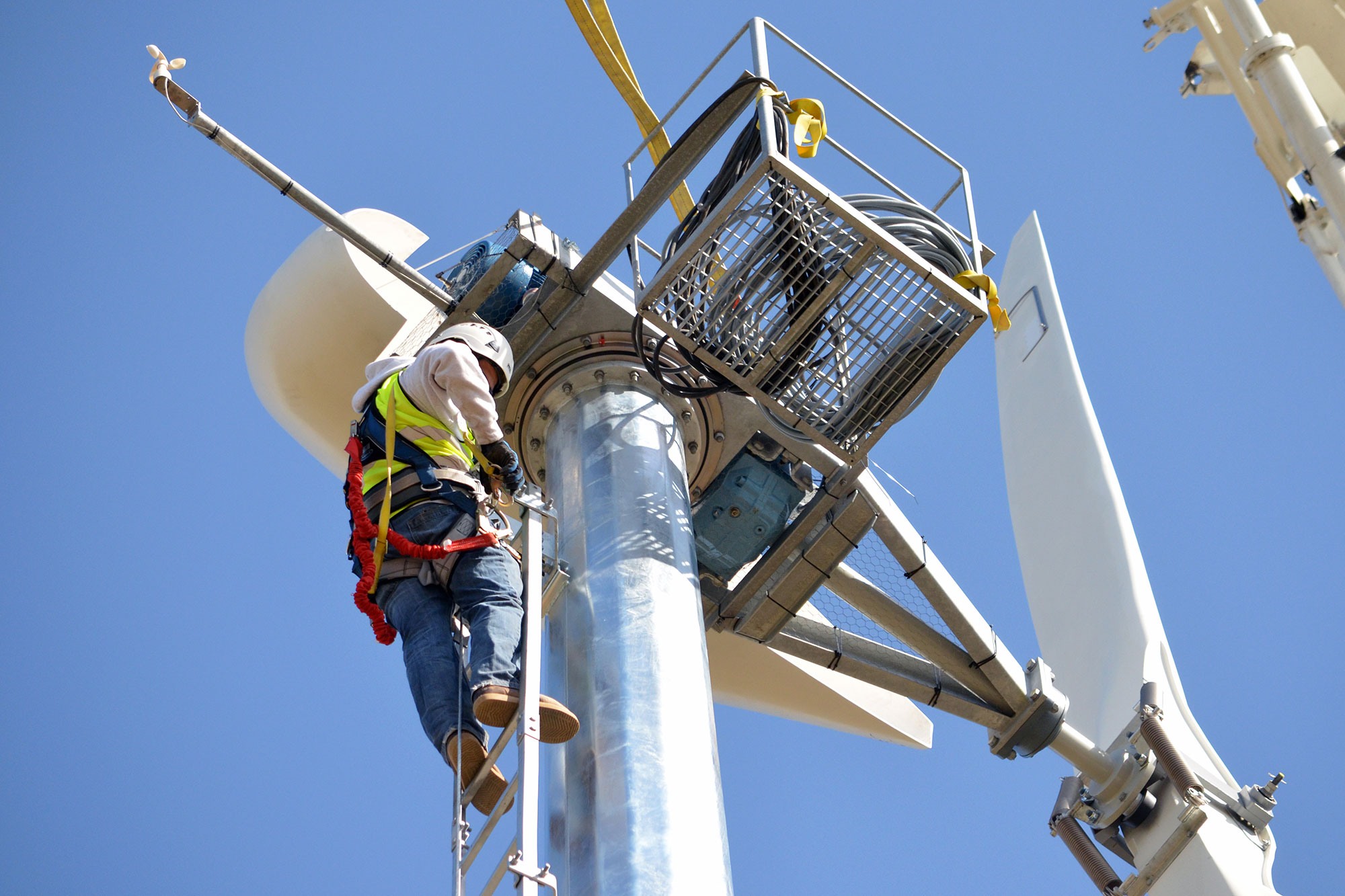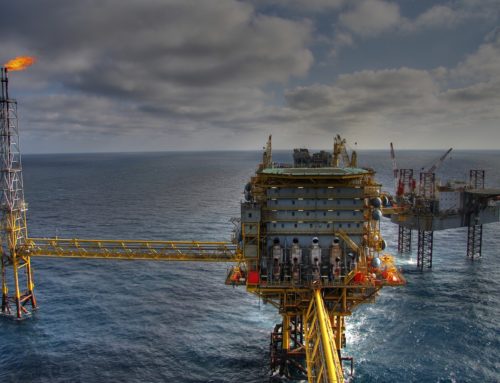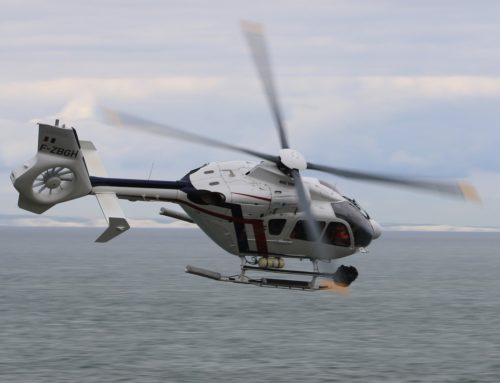The scale, shape, and height of wind turbines makes them challenging subjects for inspectors. Wind turbines are throughly tested before installation, however as they face wear and tear and weathering forces like lightning strikes, high winds, and other hazards throughout their working life, inspectors must use nondestructive testing methods to monitor the integrity each facet of the turbine after installation, all while dangling from a rope hundreds of feet in the air.
Magnetic Particle Testing (MT) is an affordable and effective tool used to inspect wind turbines for surface flaws. Magnetic Particle Testing allows inspectors to find discontinuities in ferromagnetic materials passing an electrical current through the structure being tested and creating a magnetic field. Small particles enter cracks and defects in the surface, which are then recorded by the technician.
Like Magnetic Particle Testing, Liquid penetrant testing (PT) is another affordable testing method commonly used to inspect wind turbines due to its ability to detect surface cracks and defects in metals. Technicians must handle chemical materials and dyes properly to ensure accurate inspection results as they apply colored liquid to the testing surface and wait for the liquid to settle into detectable defect areas. The dye will alert the technician to surface-level issues, sometimes visible only under ultraviolet light depending on the type of dye used.
Eddy Current Testing (ECT) is commonly used in wind turbine inspections due to its convenience and accuracy. Technicians create electromagnetic field by placing a coil on metal material and look for discontinuities in the field while viewing results on a touchscreen monitor, which are recorded for later review.
Technicians typically dangle from ropes while conducting tests on wind turbines, many of which stand taller than three hundred feet. However, engineers and inspection companies are now incorporating drones into their inspection procedures. Drones gather structural and measurement data while capturing digital and infrared images of wind turbines. This technology offers a new and safe way to improve wind turbine inspections.







Leave A Comment